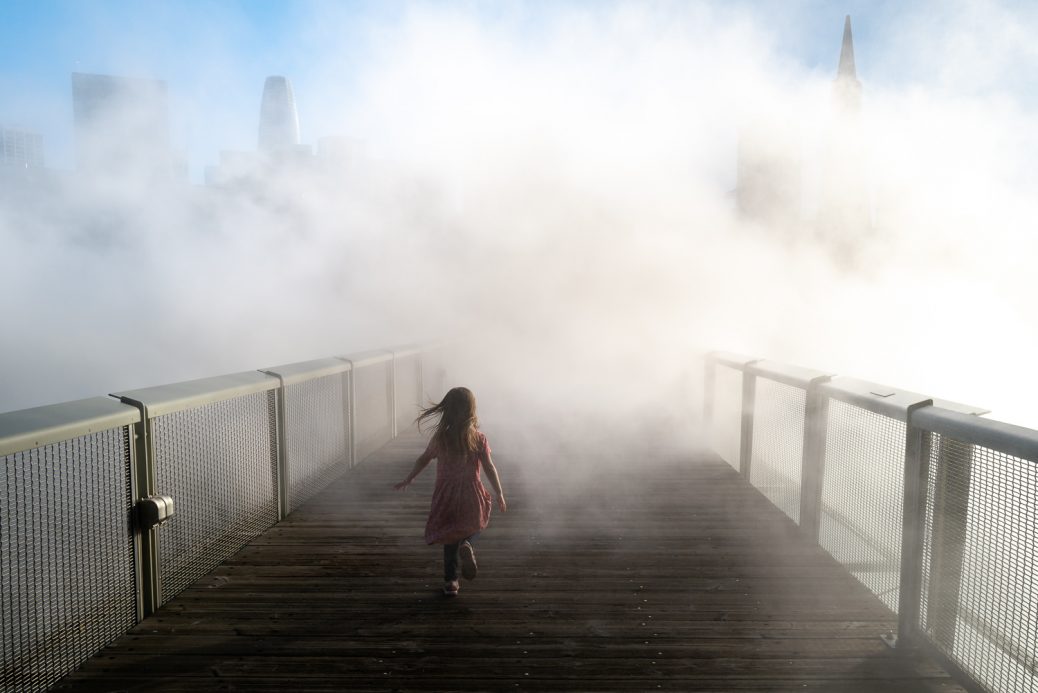Fourth Exibart Street Contest, Discover the Finalists: Tony Le
Dear Tony,
first of all, congratulations! You are one of the ten finalists in our fourth Street Photography Competition in the Best Series category, and we are very happy to have this interview with you. Can you tell us something about yourself and about the finalist series? What was the main source of inspiration for this photo series? What did you hope to communicate through these images?
This series is a culmination of moments I’ve collected over the last five years. This photo series’s primary source of inspiration is the surrealist ideal and approach to creating art, where one loses their sense of self to tap into their subconsciousness. I hope to communicate the wondrousness and absurdity of our existence and humanity’s inability to see beyond our own selves as we struggle toward a more evolved and mature multicultural society.
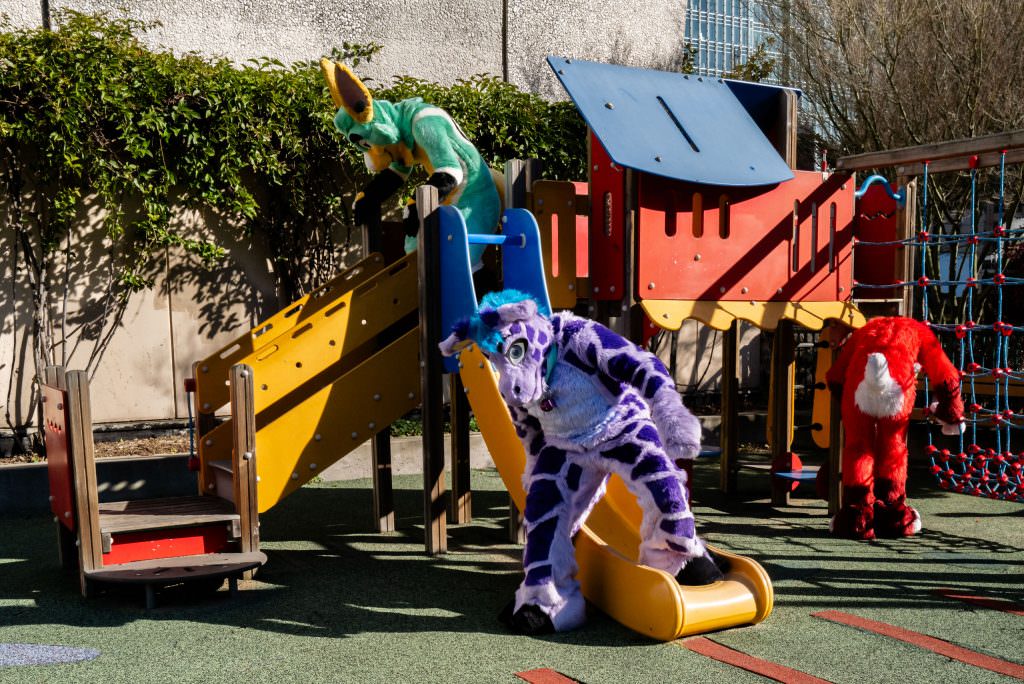
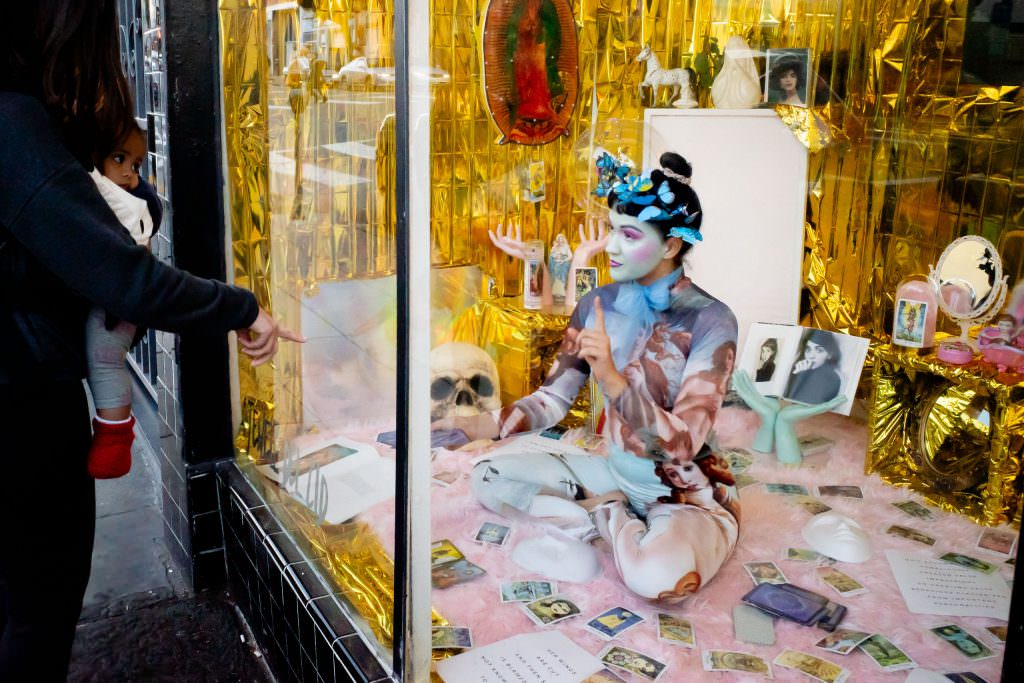
How do you choose the subjects or scenes to photograph?
The process unfolds in two distinct stages. On the street, my focus is purely on aesthetics, seeking out photographic opportunities while maintaining a respectful distance (to preserve the candid nature of the scene). I am mindful to ensure that capturing the moment does not infringe upon social or ethical boundaries (striving for the click of my shutter to be as small of an annoyance as possible). At this stage, the true meaning of the photo is often an afterthought.
Once at home and in editing, I choose photos that reflect my personality. Often, this means that the photo somehow represents the ideas I’m contemplating and the issues I struggle with. Ultimately, it balances form, content, and personal worldview/philosophy.
Is there a theme or thread you follow when creating a new series?
Yes, but only during the editing stage. When I’m on the street, I try to have a blank mindset. Once at home and in the editing stage, I try to make sense of all the photos I’ve amassed. Finding themes and threads in my photos has been a personal journey of discovery since I started with street photography. It’s something that evolves as I come to understand my photos, process, and myself better.
Color seems to play a significant role in many of your photographs. How do you use color to influence the mood or message of your images?
When I started taking photographs (years before I made my first street photo), I knew I wanted to photograph color. There’s something about color that gives me a rush. I remember the feeling of being able to look at the vibrant colors of some brilliant street art that I took a photo of (and soaking myself in those hues for as long as I wanted to). These days, I photograph color because it is what real life looks like. Since much of my work focuses on surreal moments, I want to ground the image in reality so that the oddness of the moment stands out more.
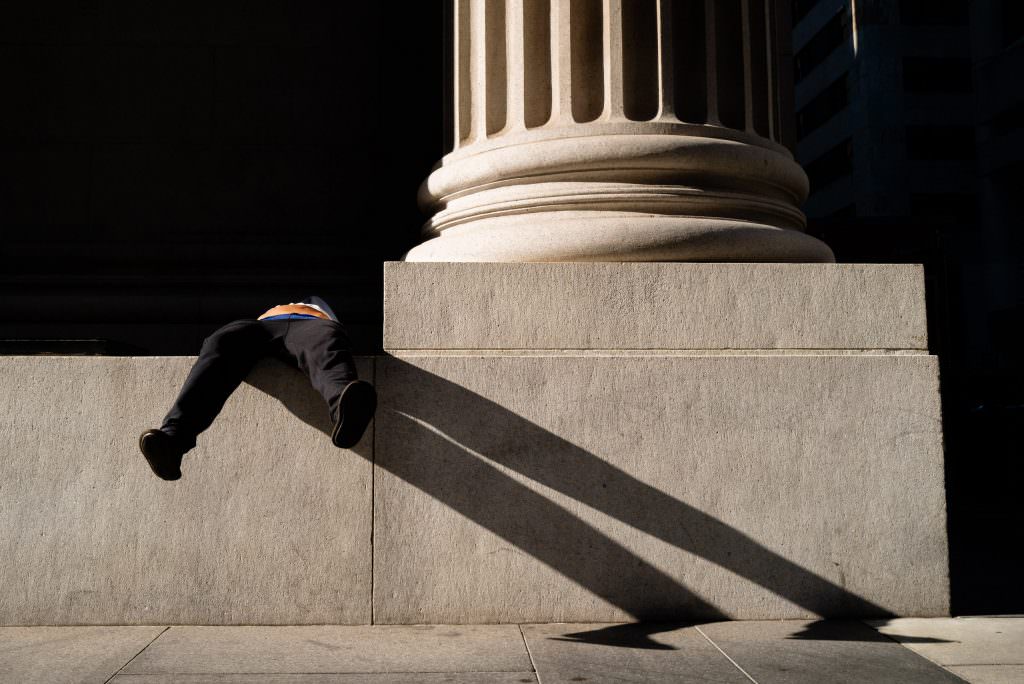
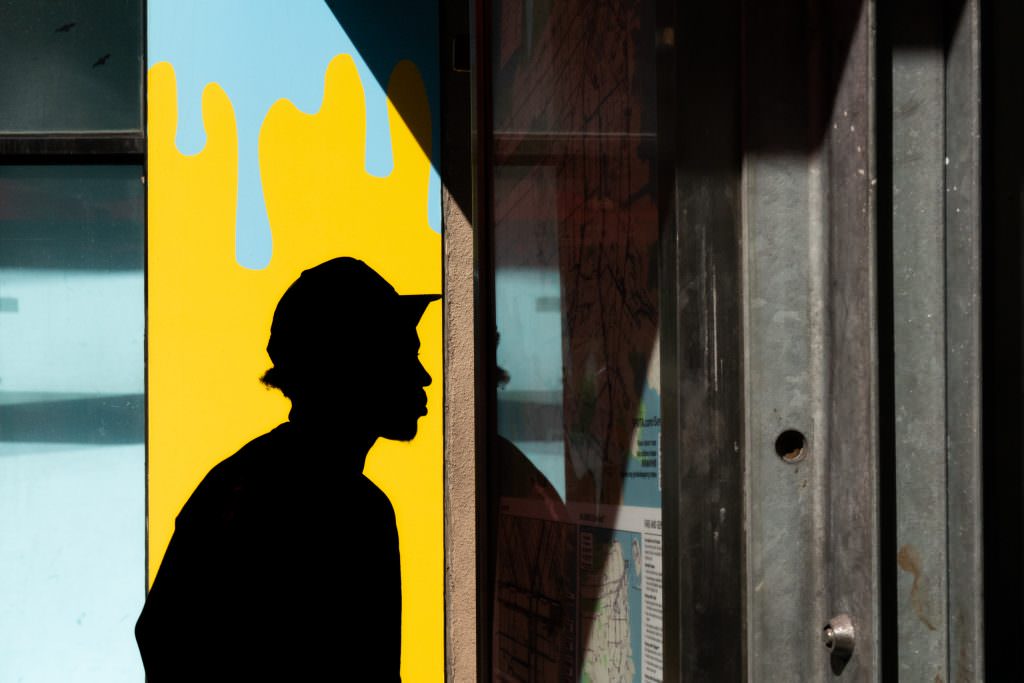
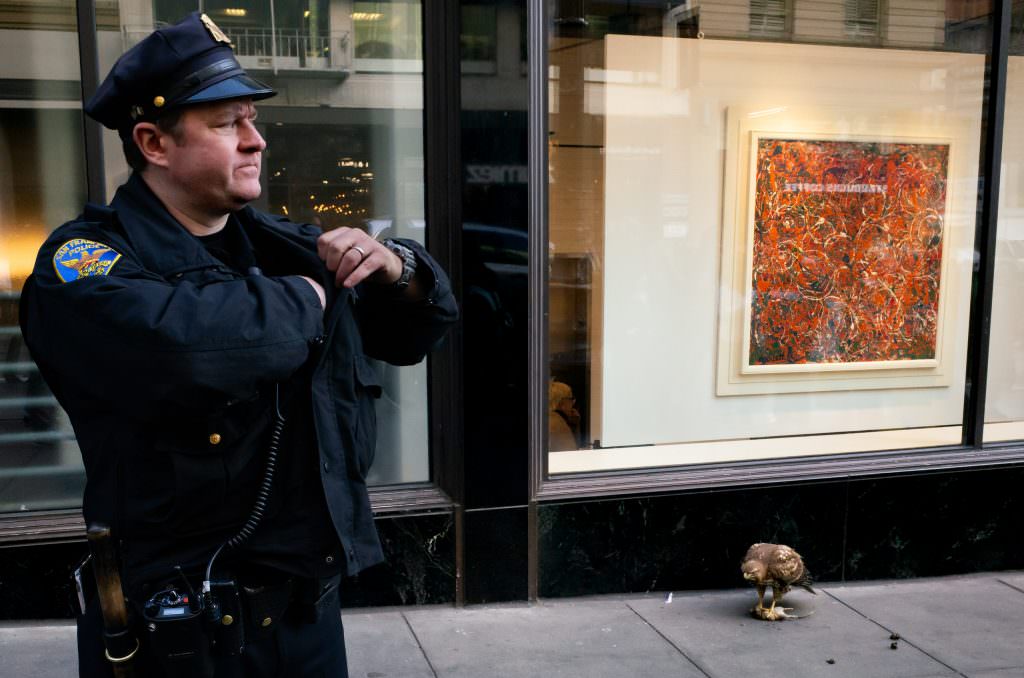
Many of your images capture everyday details that often go unnoticed. How do you decide which details to include and which to leave out?
I’m a stickler for a clean background. I constantly try to avoid backgrounds with signage, words, cars, and overlapping people. It’s not uncommon for my composition to be determined by me trying to prevent showing these things. Other than that, I’d say it’s very much an exercise in every element in a photo having its own graphical space.
Can you describe some of the photographic techniques you use to capture the atmosphere and moment in your photographs?
When I’m out on the street, my mindset combines looking for the out-of-the-ordinary with having a blank mindset. By clearing my mind and being fully attuned to my surroundings, I’m more open to the photographic potential of what I encounter. When I finally find a moment, my approach becomes purely about aesthetics, respecting the people I photograph, and being as unobtrusive as possible. I rarely shoot with my camera to my eye. Unless the moment is loud and obvious, I seldom use the viewfinder or LCD, and I’m essentially shooting blind. I either shoot with my camera around chin level or wave my camera around loosely. I find that shooting in these ways allows me to manage subjects’ reactions better and has the side benefit of making it difficult to detect that I’ve even taken their photograph.
“I heard something along the lines of the following somewhere not too long ago and it has stuck with me ever since:
Where documentary shows what is, street photography shows what could be.”
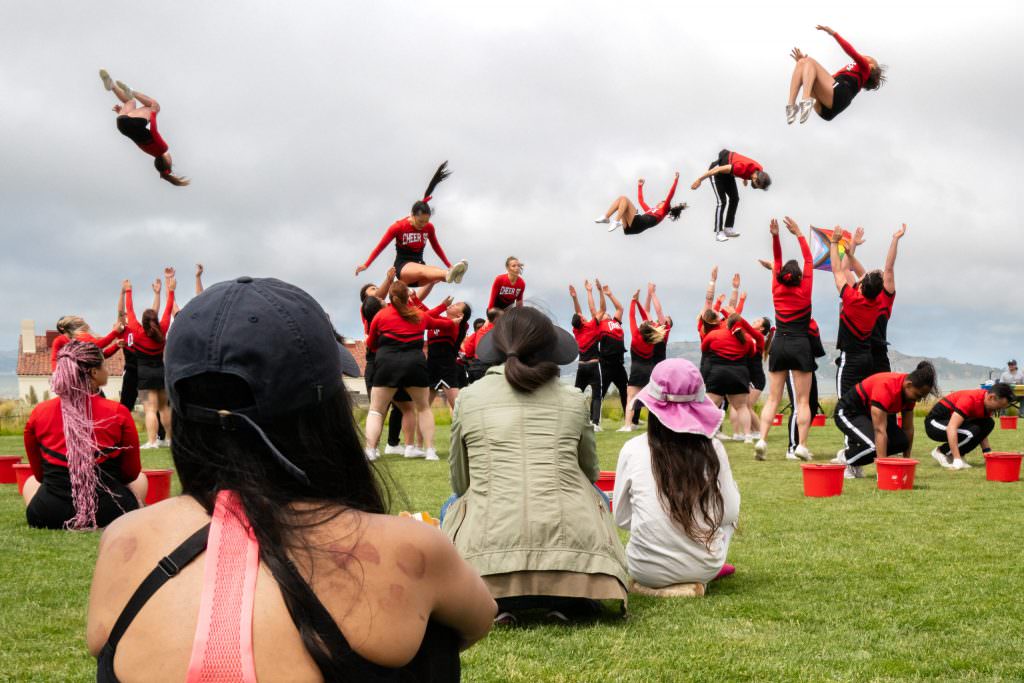
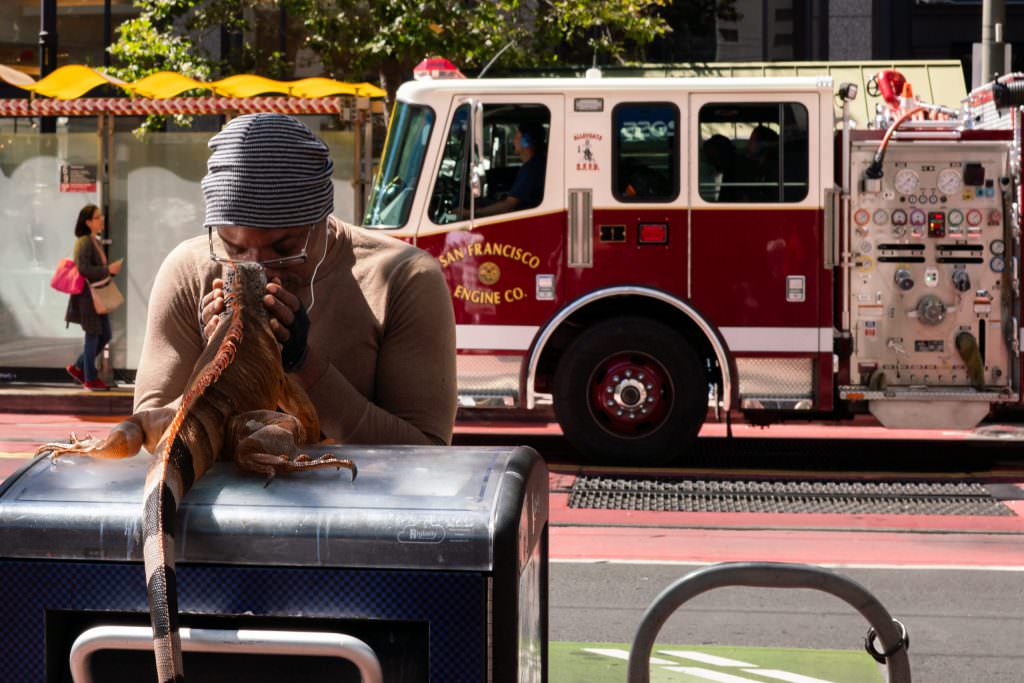
How would you define your photographic style?
Candid surrealism with a touch of humor and social consciousness.
Have you ever studied at a photography school or are you a self-taught artist?
I took black-and-white film photography classes in junior high and high school. I’ve also done several one-on-one mentorship sessions with various street photographers, most notably Forrest Walker, whom I did a six-month mentorship with and whom I credit with shaping my approach on the street most significantly.
Who are the Masters of Photography who inspired you most in your photographic works?
So many! Vivian Maier is the first street photographer I ever heard of; her first book was my introduction to the genre. Henri Cartier-Bresson was next and got me into the Zen and surrealist aspects of things. I very much relate to Garry Winogrand’s obsessiveness and his urban aesthetic. Of course, there’s Elliot Erwitt for his sense of humor. Alex Webb is probably my favorite street photographer because of his use of color and shadows and his ability to create compositions through layering.
Do you ever do Street Photography with your smartphone?
Not really. I have nothing against it, and I would definitely use my phone if that’s the only camera I had with me and something incredible happened. My main issue is that I would regret capturing a great moment that wouldn’t hold up (fidelity-wise) later on.
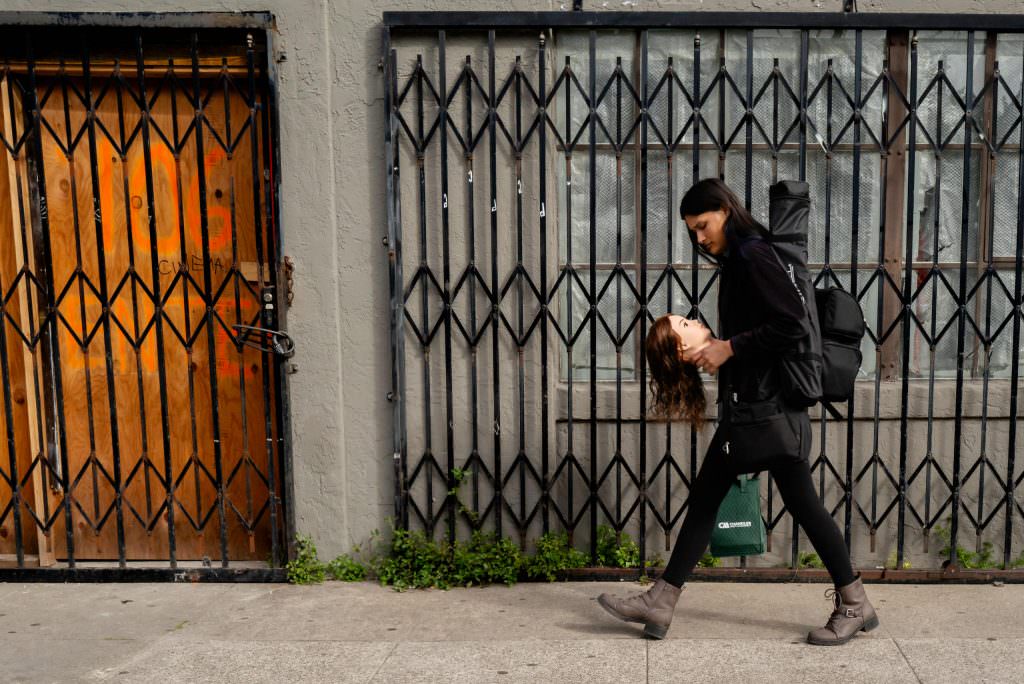
Analog and digital photography. Do you see these as alternatives to one another or the same thing?
This is a complicated question for me! I think, in theory, it is the same thing: capturing a moment for the viewer to experience. I also believe this is a significant simplification. Analog photography is much more about the process of taking and developing the photo and less about capturing the moment itself. It is also about film’s beautiful and aesthetic (and, in my opinion, not fully replicable) qualities.
Digital photography is more about leveraging technology to capture the decisive moment and angle. I don’t believe I have the skills necessary to do what I do without the speed of modern-day digital cameras.
Do you think Street Photography has a more documentary or more artistic value?
Artistic. I recognize that, technically, street photography falls under the umbrella of documentary photography. That said, for me, street photography starts where documentary photography ends. In other words, documentary photography aims to show the viewer something exactly as it happened. It portrays reality. It’s literally documenting it. Street photography (or at least what I believe the goal of street photography is) goes beyond documenting. It’s about conveying an idea or an emotion. It evokes something that is beyond what is merely in the frame. I heard something along the lines of the following somewhere not too long ago and it has stuck with me ever since: “Where documentary shows what is, street photography shows what could be.”
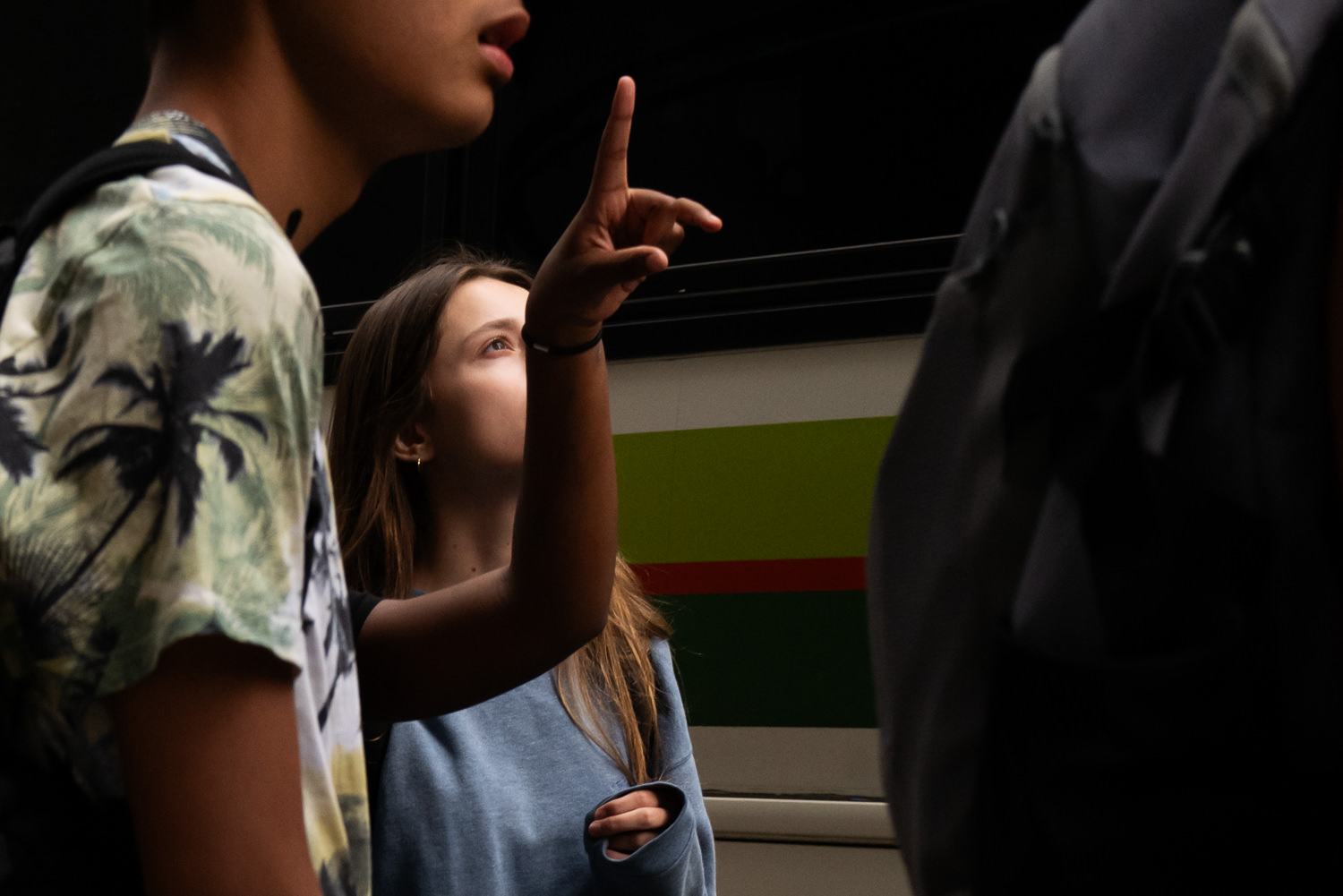
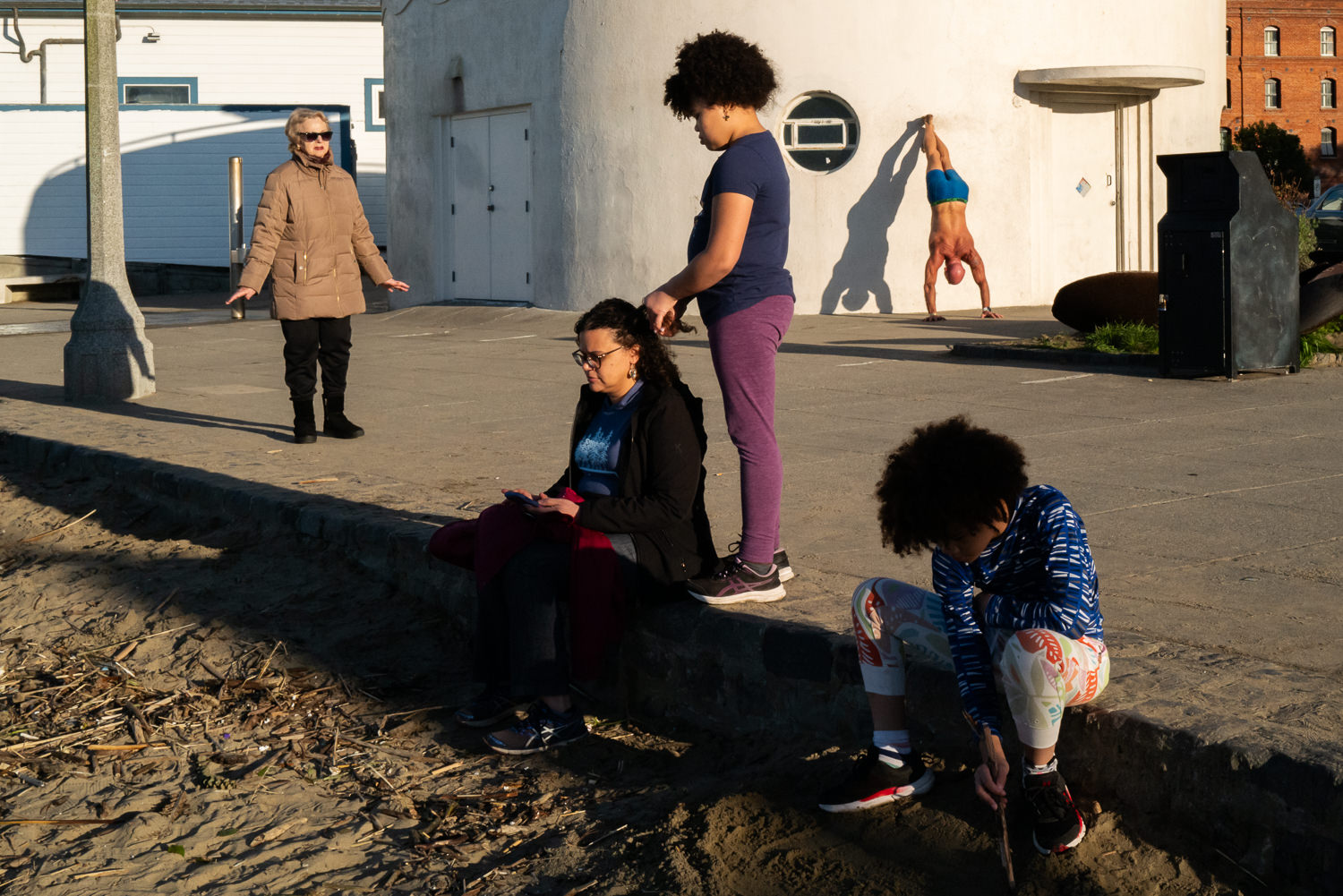
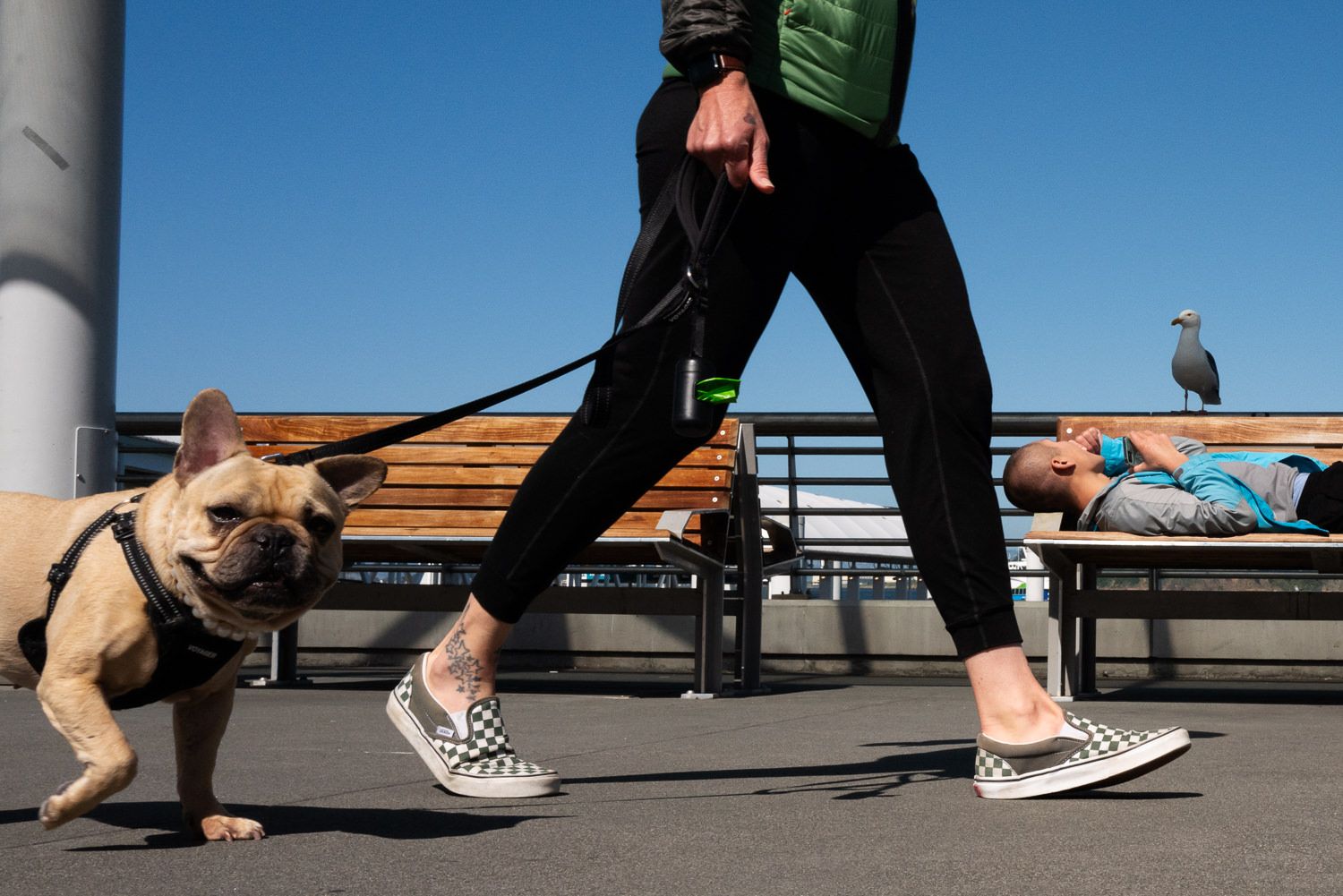
Do you think there are ethical limits in street photography? Do you think it’s possible to shoot everything and everybody? What is your approach in street photography?
Yes, I believe there are ethical limits to candid street photography. I don’t think it’s possible to shoot everything and everybody. To be good at candid street photography, *a lot* of pictures have to be taken, and therefore, countless people have to be photographed without their permission. To a small extent, aiming a camera and taking someone’s photo without their consent is an aggressive act. Since this is something that I do hours upon hours every week, I want to feel good about how I conduct myself in public and carry myself in the world. The people in my photos are giving me a gift. These photos would not exist without them. They are also participating in this activity without giving me their consent. I owe it to them to make sure that I do not portray them in an unflattering or degrading way. I owe it to them to ensure that the photos I show the public have a certain standard of artistic value. I owe it to them to have the clicking of my shutter be as small of an annoyance to my subjects as possible. Even if I’m not technically breaking any laws, my goal is to not be a jerk and to make any interactions with me (if and when they finally notice) as pleasant as can be and even fun whenever possible. I don’t want anyone to feel objectified. If anything, I want them to feel like we are both lucky to be in the right place and at the right time so that we can capture this magical moment together.
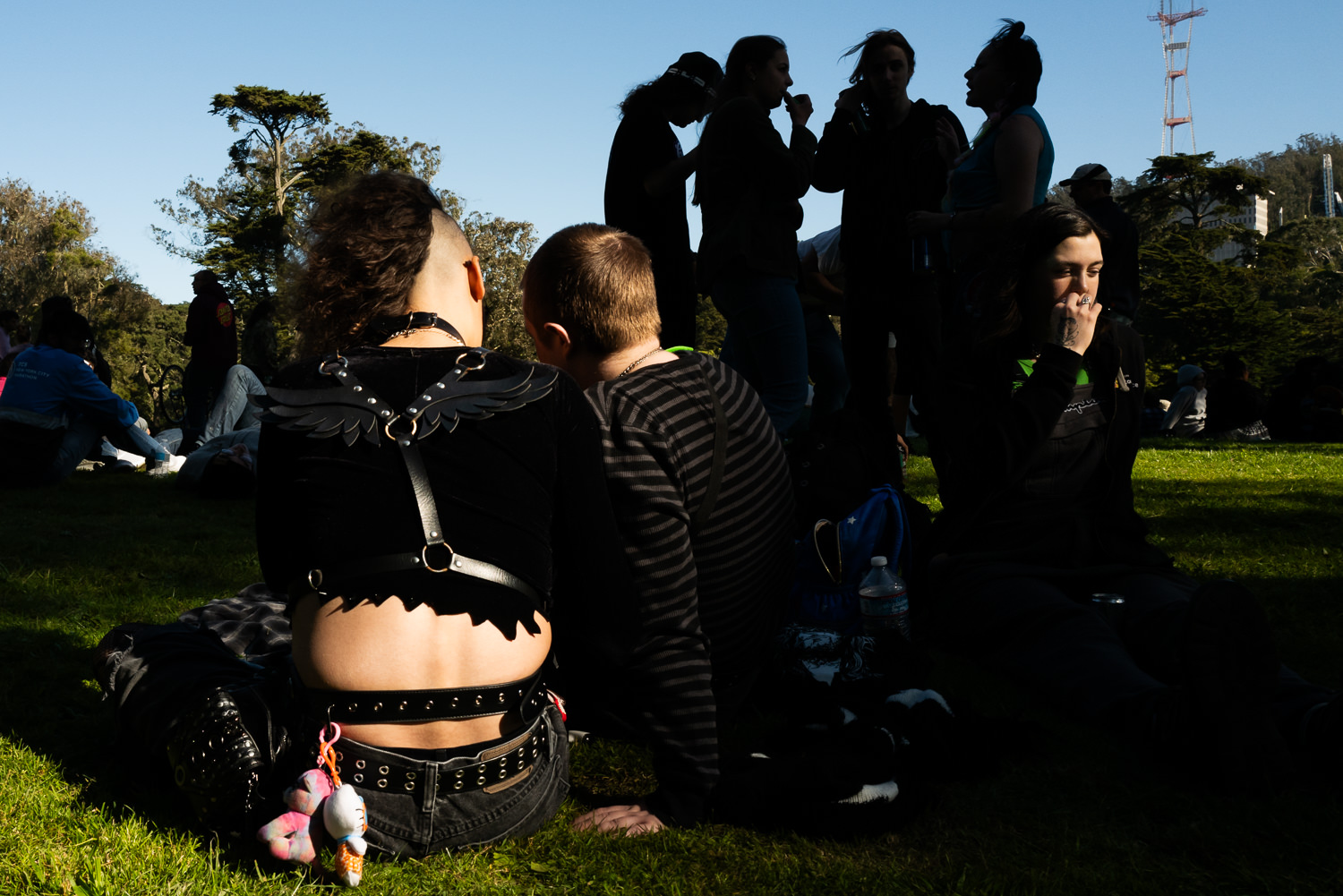
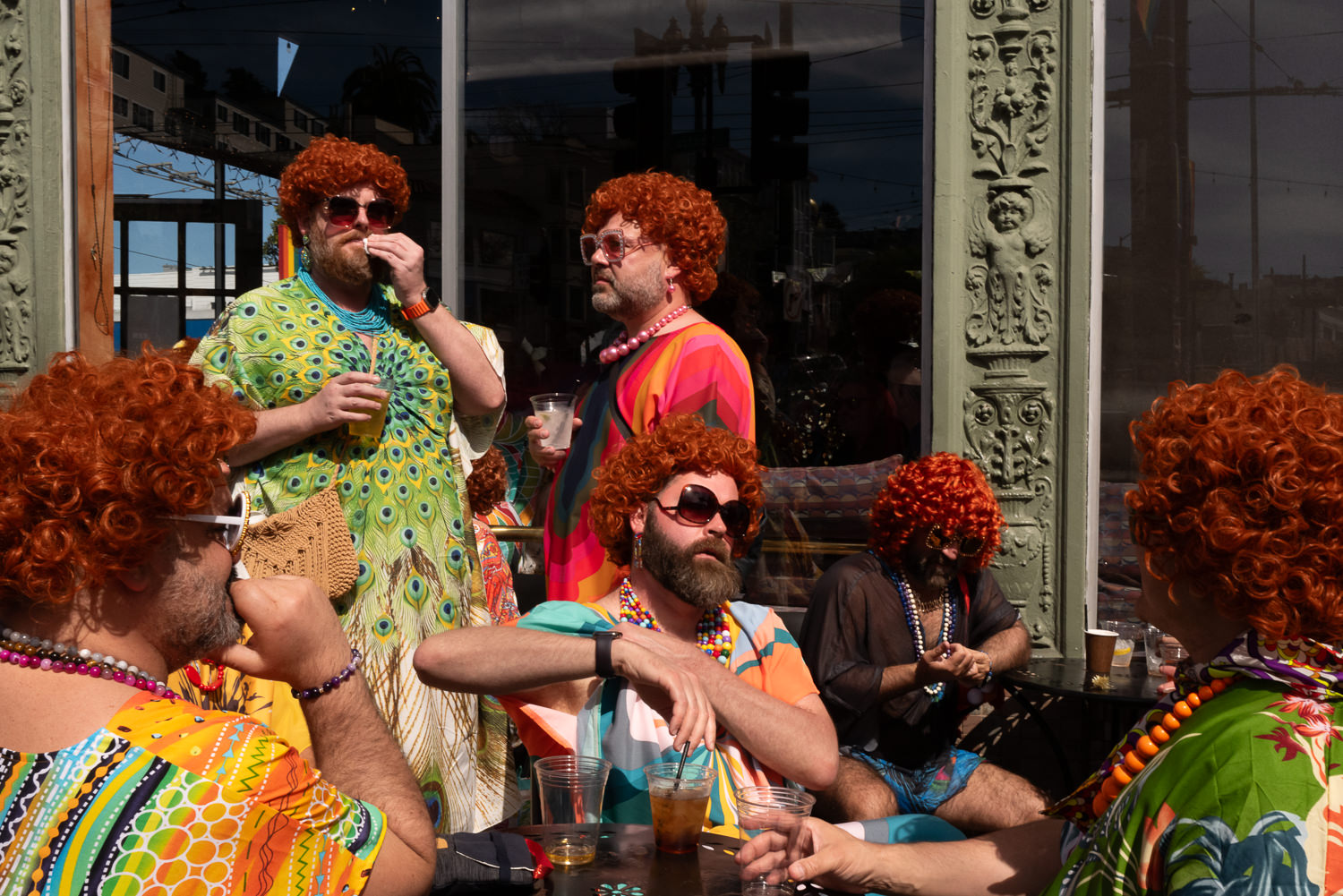
What kind of equipment do you use and what role, in your opinion, does equipment have in street photography?
I mainly use a Leica Q2. I also have a Fuji XE-3 and a Ricoh GRiii. I believe that equipment is quite important for street photography. I believe many moments can only be captured using zone focusing, burst mode, and a leaf shutter. Without those technical features, I could not capture many of my photographs.
If you had to choose one lens that you would have to be using for the rest of your life, which one would that be and why?
28mm full frame. I’m married to this focal length. I like how close it forces me to get to my subjects. Being that close makes the photos feel more immediate and intimate. I also like how it slightly exaggerates the foreground, adding dynamism, impact, and a touch of strangeness.
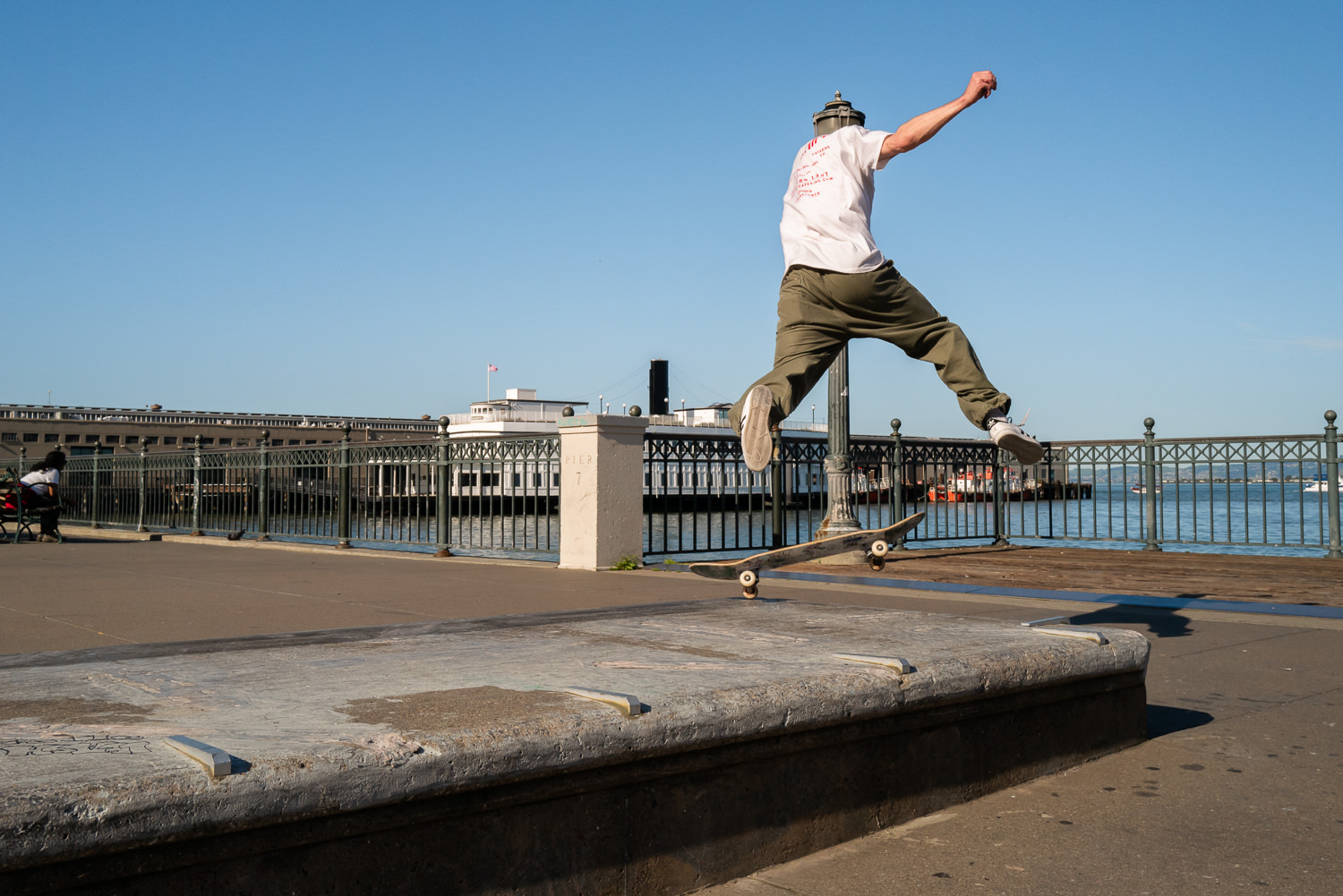
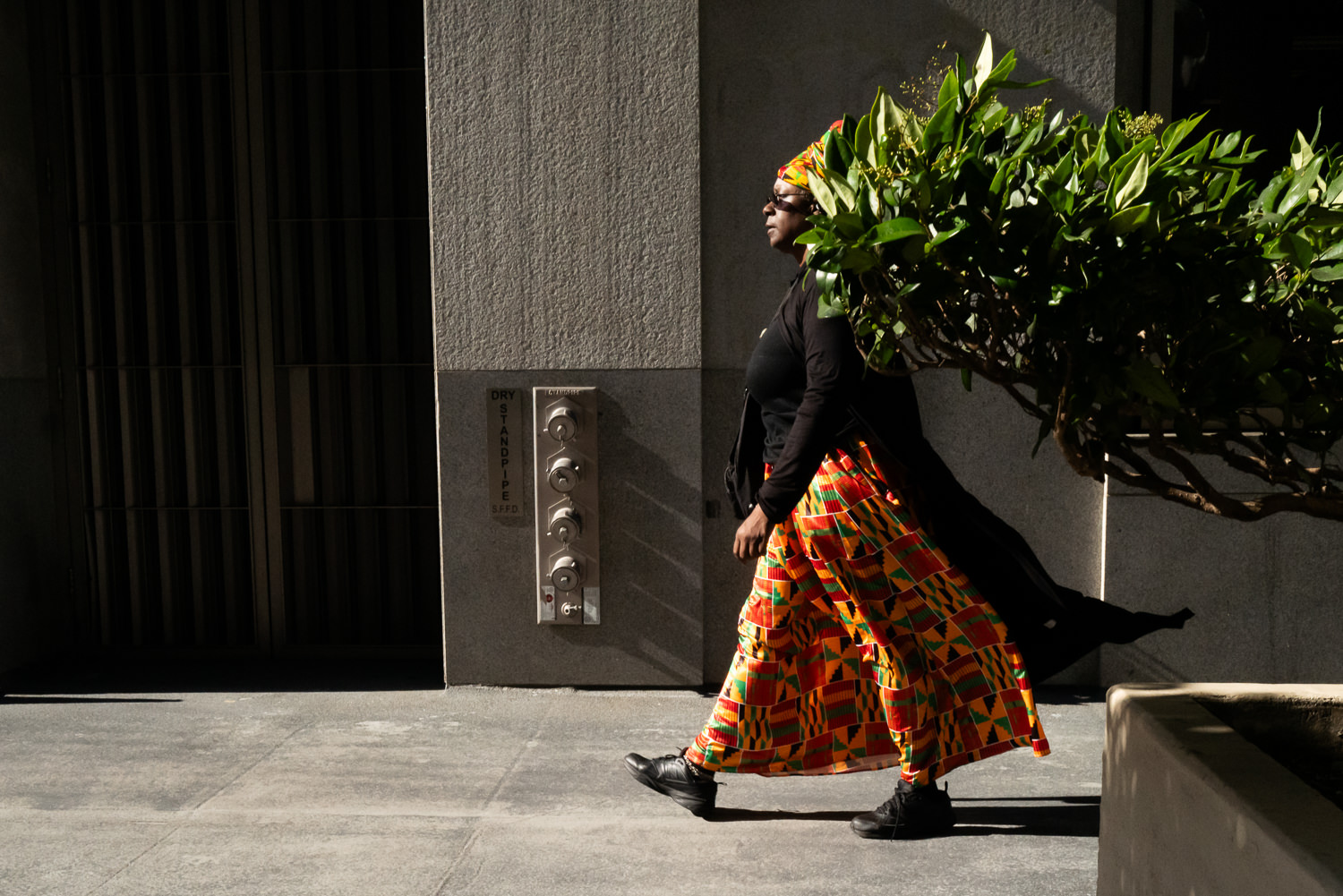
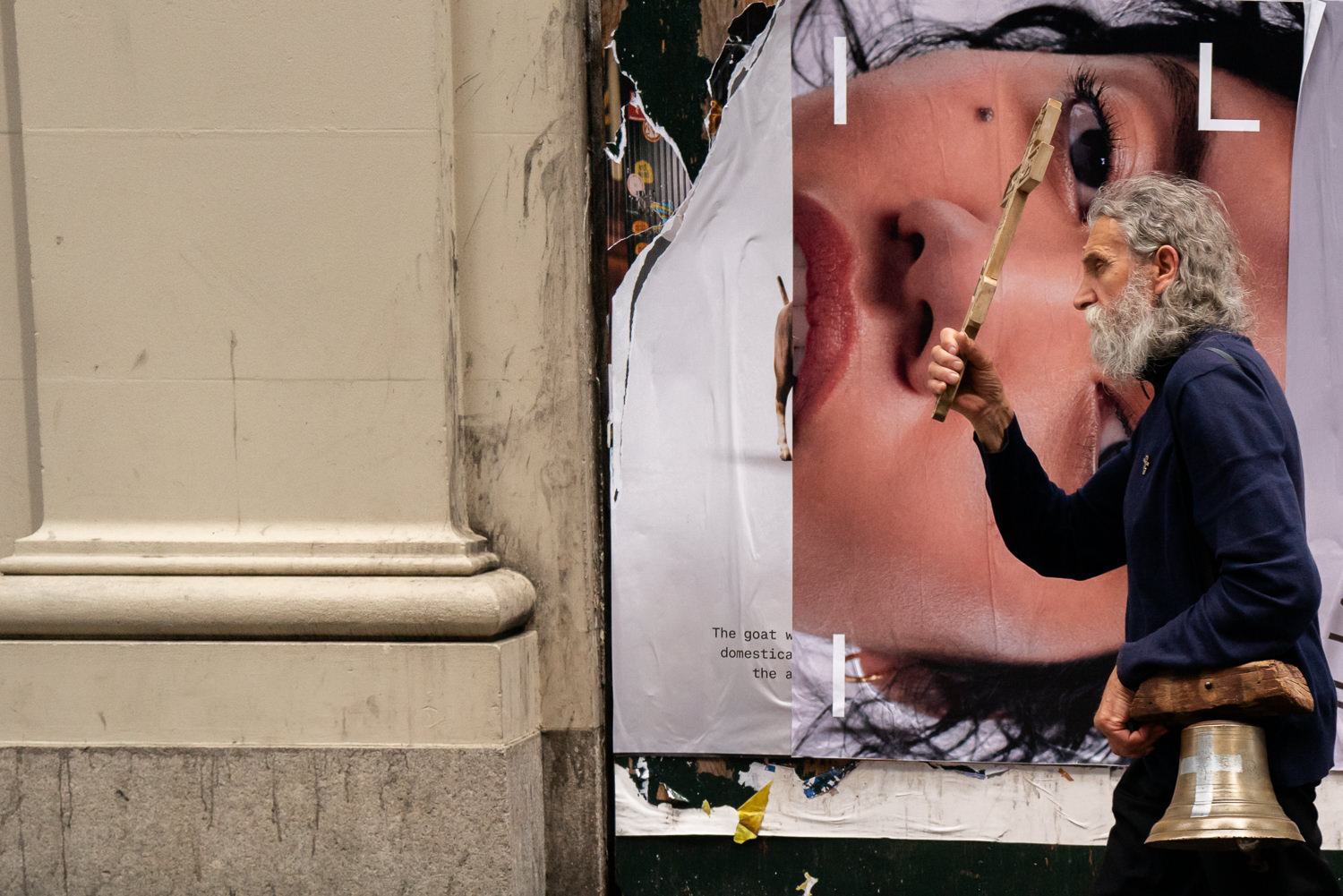
“When I’m on the street, I try to have a blank mindset. Once at home and in the editing stage, I try to make sense of all the photos I’ve amassed. Finding themes and threads in my photos has been a personal journey of discovery since I started with street photography. It’s something that evolves as I come to understand my photos, process, and myself better.”
After shooting, what actions do you take in terms of processing and editing?
I do very little in terms of processing. Mostly, it is about getting the exposure correct in Lightroom. I underexpose my frames on purpose, so post is about rebalancing the exposure by managing the highlights and deepening the shadows. Every so often, I will use local adjustments to manage the exposure of something specific in the frame. Besides that, I usually need to adjust my color temperature to make my photos warmer.
Do you have new projects or themes in mind that you would like to explore in the future?
I have nothing new, per se, but I have three themes that I consider ongoing projects. Their names change as I develop ones that more accurately encapsulate the themes’ ethos. Currently, they are:
- “Spoken Dreams” which encompasses my more wondrous and surreal photos.
- “Sour Candy” represents the more playful side of my street photography. I like to think of these photos as oxymorons in picture form.
- “Something of Nothing” are the quieter moments I’ve encountered on the street.
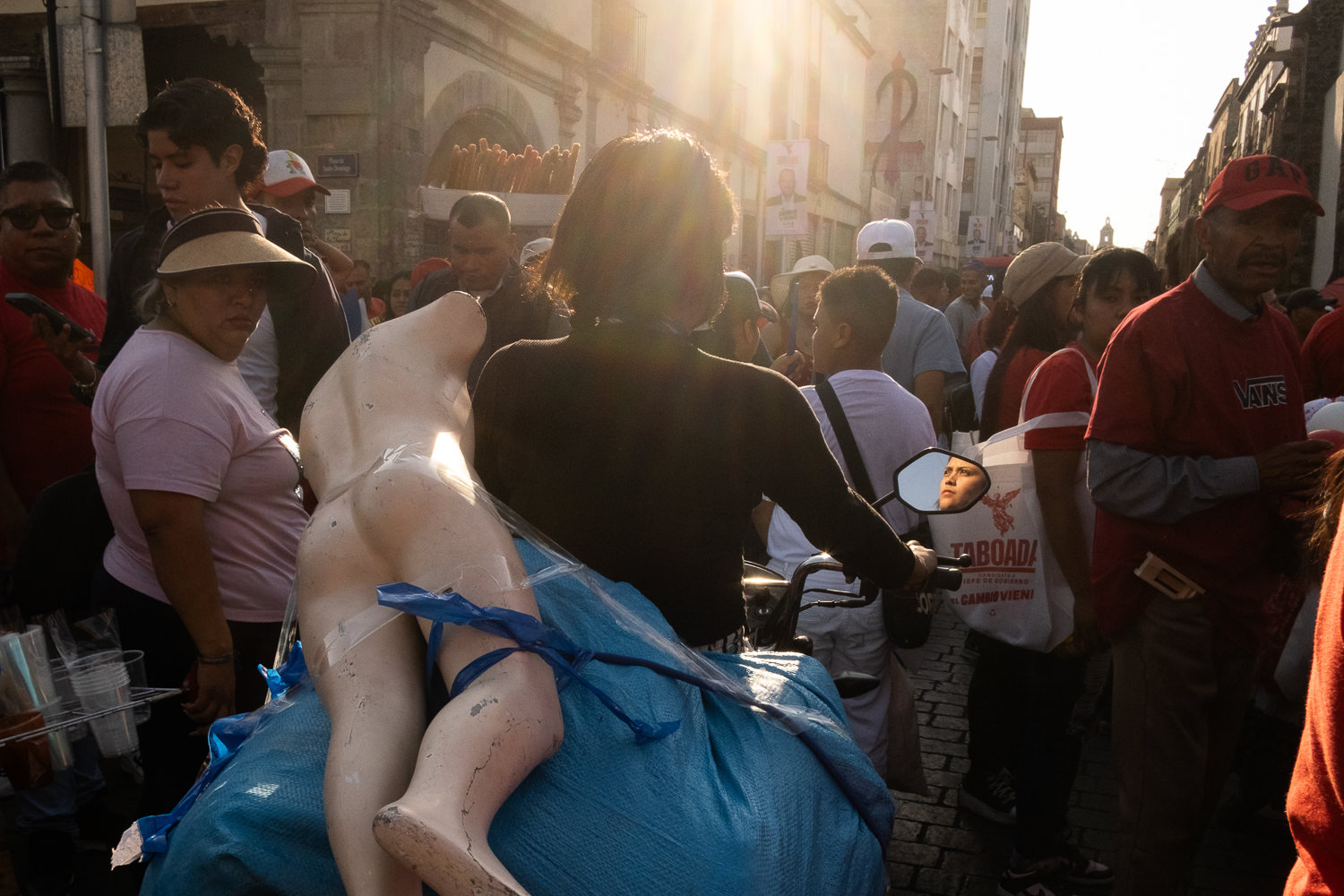
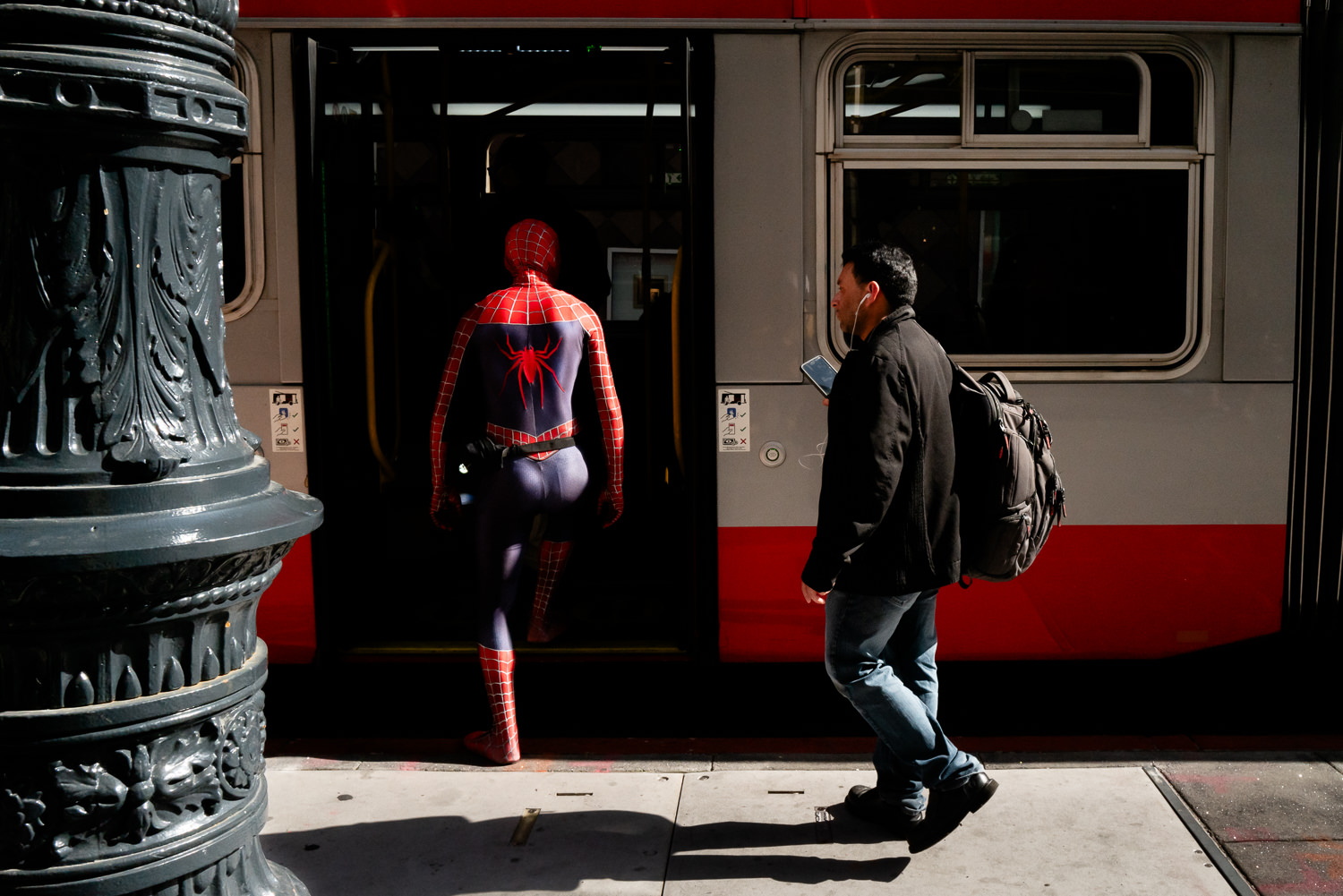
How do you see the evolution of your photographic work?
From an aesthetic standpoint, the evolution of my work is about being present enough to see and capture a higher ratio of the photographic opportunities I come across and doing so in as visually impactful a way as possible. Every scene requires a different approach, and it’s my job to figure out the best approach to make the most impactful image.
From a narrative standpoint, the evolution of my work is to understand where my creativity and the themes that emerge from my photos come from and to nurture and foster this process/relationship. This has been a journey of discovery and understanding…of myself and my relationship to the world.
Which are your favorite photography books?
“Suffering the Light” by Alex Webb
“1964” by Garry Winogrand
“The Decisive Moment” by Henri Cartier-Bresson
“Good Day, Bad Day, But Everyday” by Tavepong Pratoomwong
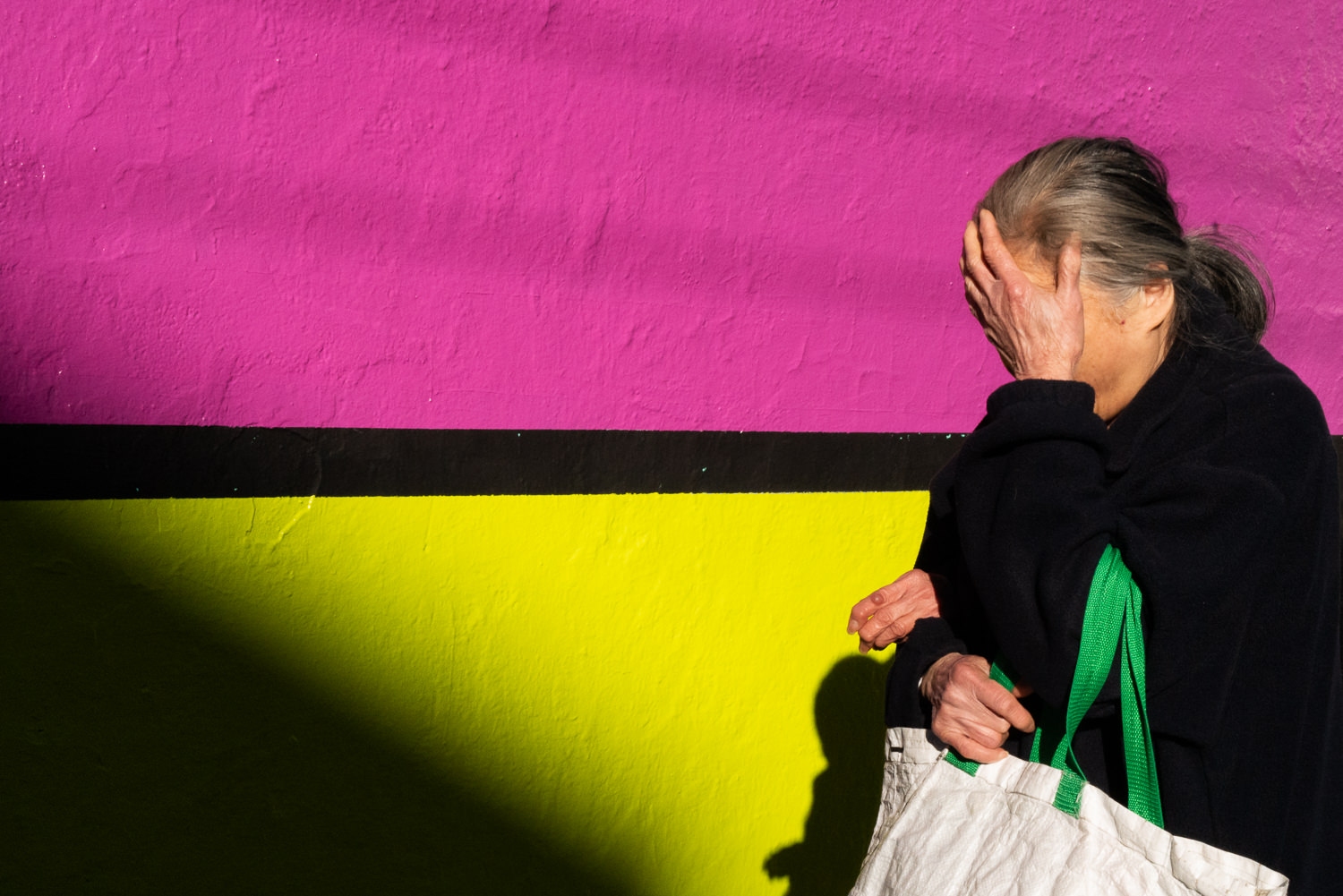
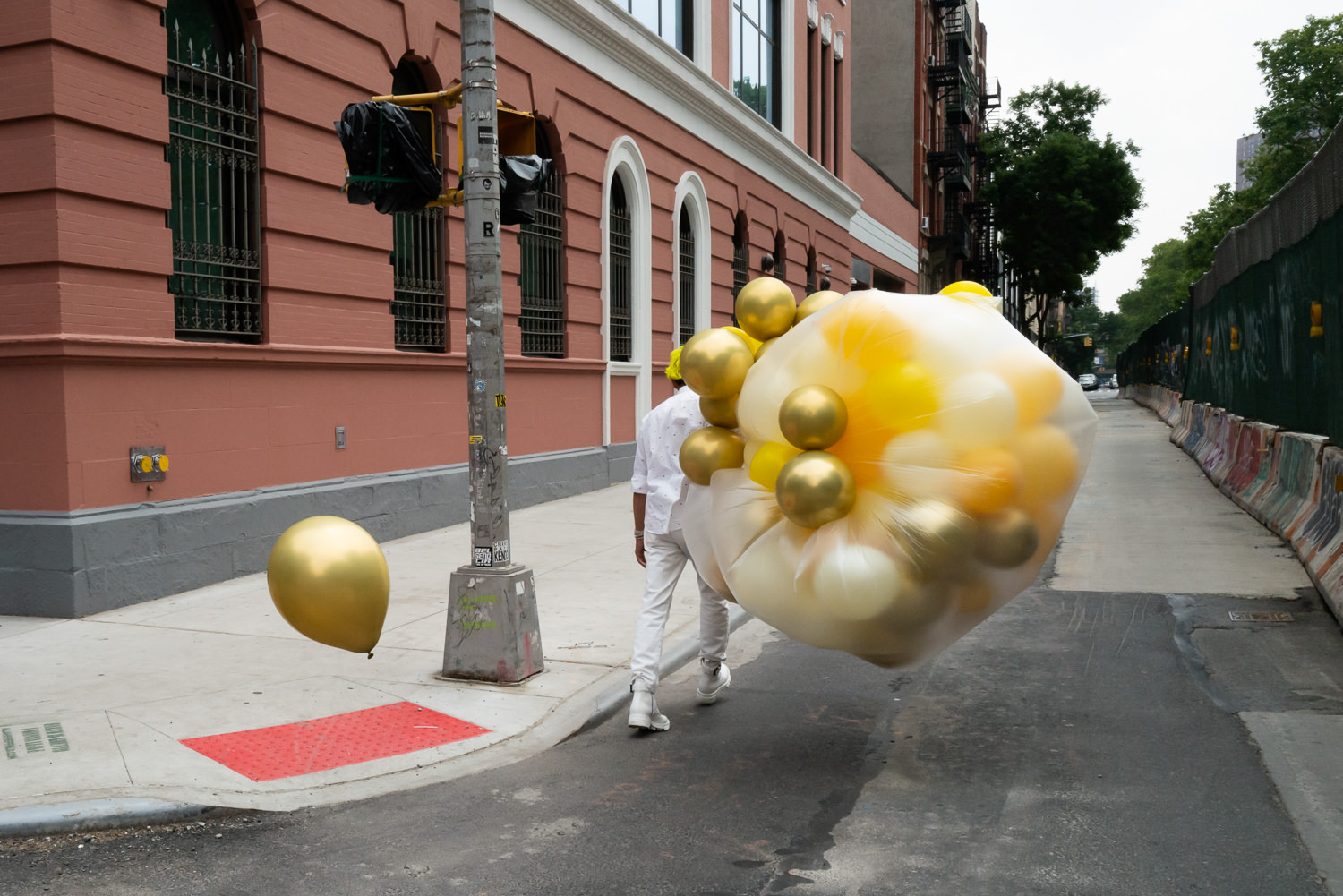
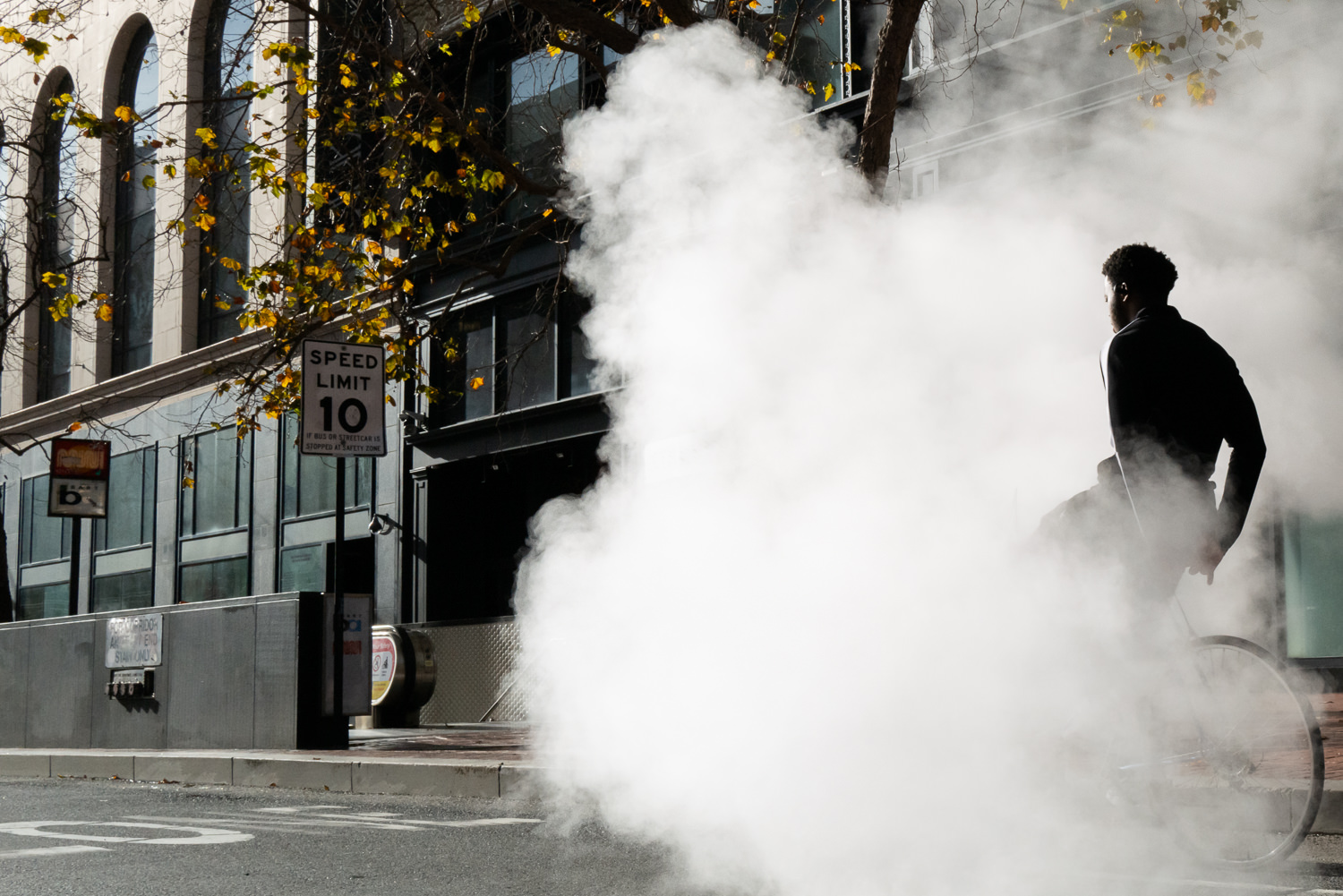
Is there a country or a city that you like to photograph more than others?
I’m biased, I’m sure, but I love San Francisco! It’s an under-photographed city as far as street photography is concerned. You can find diverse people and strange moments in plenty of major cities, but San Francisco is unmatched for how quirky and fun it can be.
What advice would you give to someone who is starting to do street photography and wants to develop a unique and personal style?
Shoot a lot. Figure out a way to shoot so everyone involved can be as comfortable as possible (which will allow you to shoot more). Continue to question your approach and refine it. Study the work of the masters to advance your understanding of what has been explored before (so that you can build upon it) and also to learn the visual language of composition and what is possible within the frame.
Learn about the world and your place in it. Street photography is more than just candid photos of people; it is about the human condition. If you don’t understand the issues facing humanity, then how can you hope to be sensitive enough to notice those moments when you come across them, let alone capture them in a compelling way?
Thank you!
TONY BIOGRAPHY
Based in the San Francisco Bay Area, I’m a collector of the odd and surreal.
Although my first street photos can be traced back to 2013, it wasn’t until late 2018 that I fully dedicated myself to capturing candid moments of everyday life.
Street photography has been my religion ever since. Still no word on what holidays we celebrate. Lots of walking meditation, though.
I’m also a founding member of the Candid City Street Photography Collective.
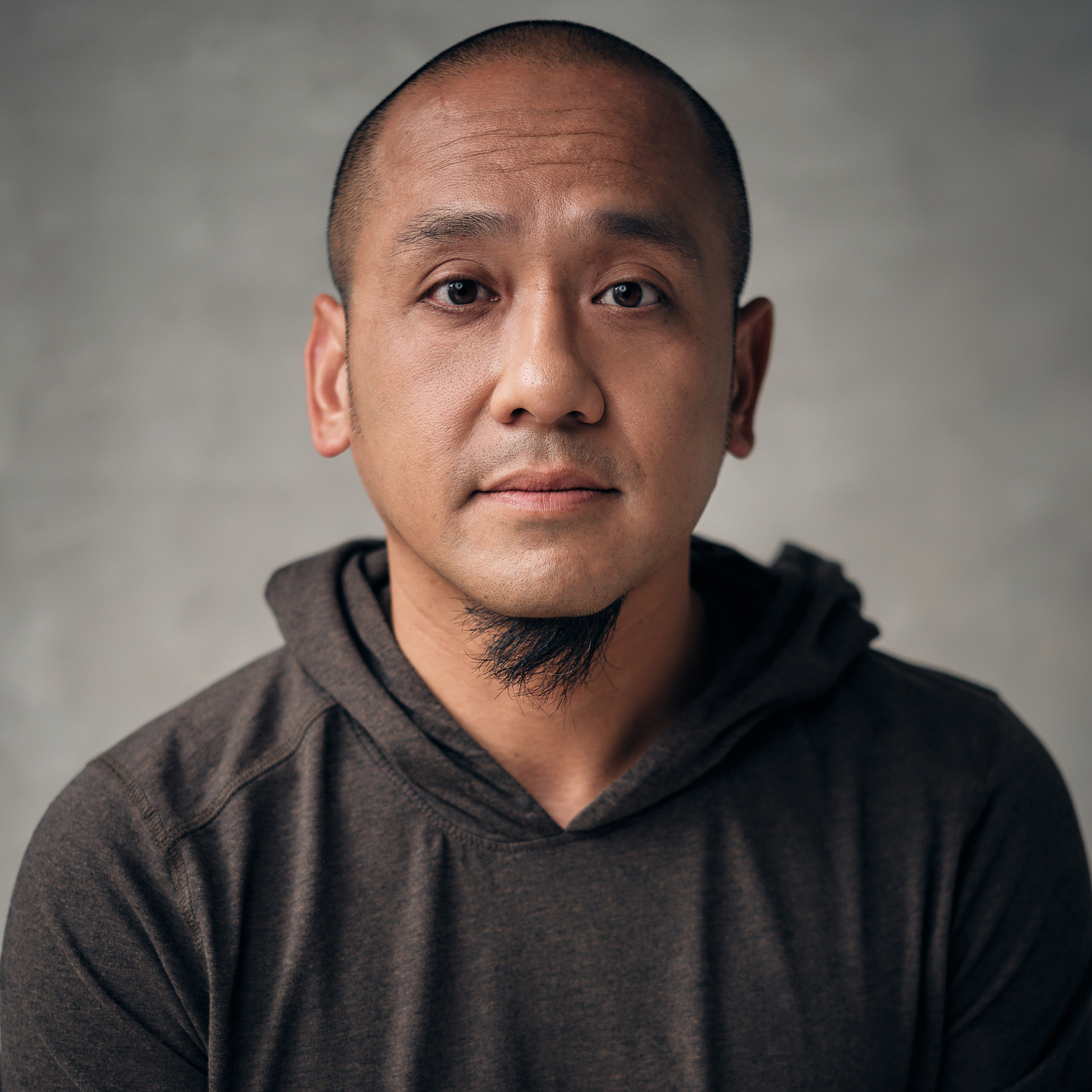
Tony Links:
Website: www.tonyvanle.com
Instagram: www.instagram.com/tonyvanle_sf
Candid City Street Photography Collective: www.candidcityspc.com

